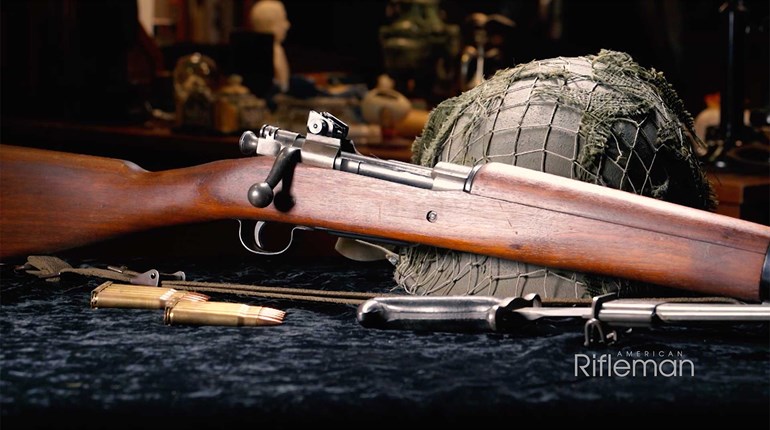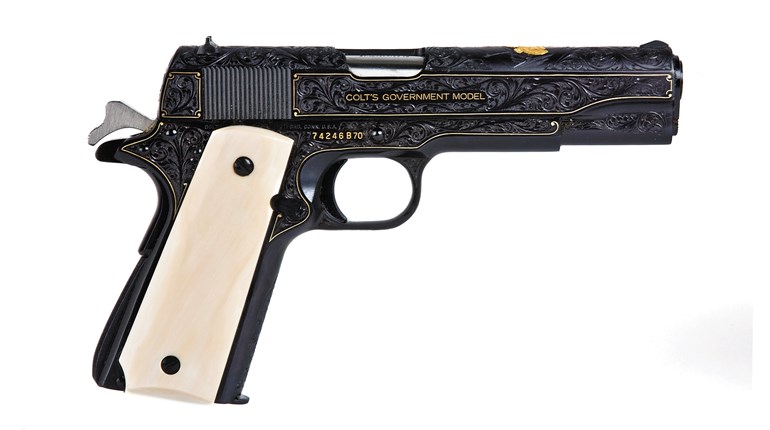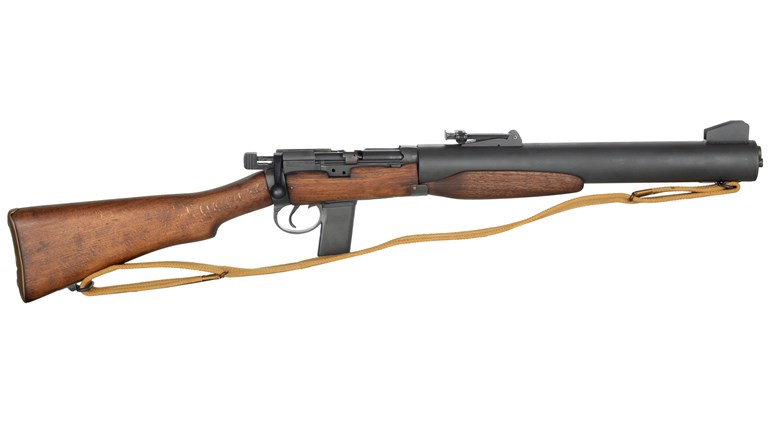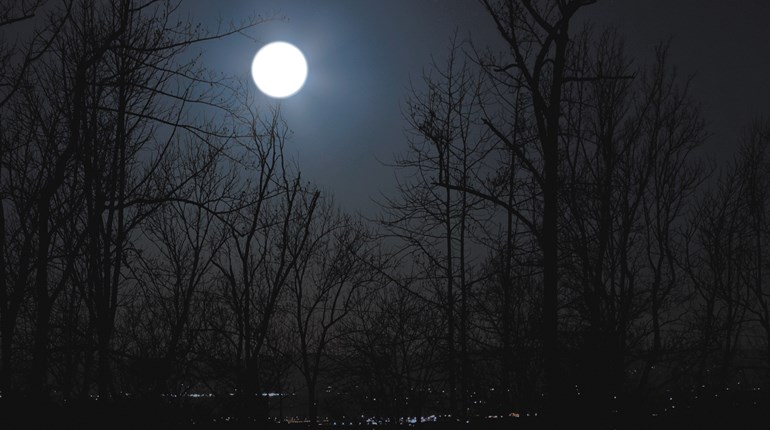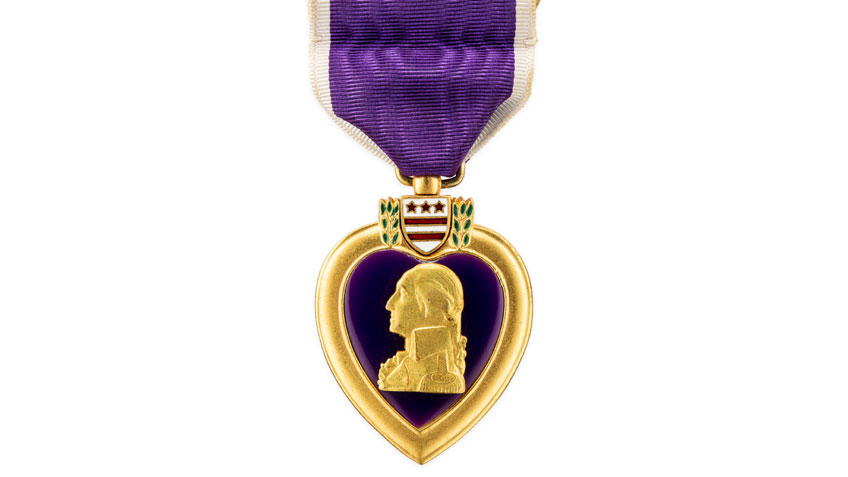
There were grim realities to be faced in that spring of 1945. The Marine Corps, swollen to 600,000 men for the great battles of the Pacific Island campaigns, faced two of the most-costly battles in February at Iwo Jima and April on Okinawa. Iwo Jima, remembered for the iconic photo, was fought on a few square miles of mostly barren rock, laced with scores of well-prepared caves and miles of tunnels.
We desperately needed Iwo for its airfields, from which we could support a planned-bombing campaign on the home islands of Japan. Okinawa, a much-larger campaign fought on a much-larger island in the Ryukyus involved elite troops of both Marines and the Army. Here, it was the U.S. Navy that suffered the greatest damage in their history—the Japanese made broad use of the Kamikaze suicide bombers. Even when they wrapped up the fighting on Okinawa, the prospect for the immediate future was just plain terrifying.
We faced invading the empire of Japan on its home islands. It was a formidable task, as the Japanese were hard at work fortifying every major military installation, railroad, port and communication facility. They had militarized their population, going so far as to organize housewives into neighborhood formations of female warriors armed with bamboo spears. The scary part of such a violent philosophy is not the amount of damage the enemy could do, but rather the state of mind it engenders. The Japanese were going to fight to the death. Japan was an industrial nation and its factories were running 24 hours a day, turning out everything from Arisaka rifles to Zero fighters. We needed to get it done as quickly as possible; to delay was to allow the enemy to better prepare.
The subjugation of Japan might well have been a formidable task, but we were not without resources of our own. Our war industries were on three shifts, producing increasingly better aircraft for the bombing campaign. The individuals who were most important in the pre-invasion planning were the strategists and logisticians. It was their job to ensure we had exactly the right amount of the right thing at the correct point and proper time. If a unit needed .30-caliber ammunition in cloth bandoleers of eight-round clips, that is what they needed, not 250-round belts of the .30-caliber. There were literally hundreds of thousands of different things that we needed for this last, greatest campaign of the Second World War.
We also had to prepare for massive casualties. This meant many of the obvious things: tens of thousands of hospital beds, miles of bandaging and, of course, gallons of antiseptic. It was a tedious and complicated process, but every wounded American serviceman gets the best medical care possible. That is true to date and it was true in 1945. In a battle of the magnitude we were contemplating that spring, there is yet another item for which the logisticians had to provide.
Along with everything else, we also needed a tremendous quantity of Purple Hearts.
About a million and a half of the medals were manufactured during World War II, with the majority made before the projected invasion of Japan. Any American serviceman or woman wounded or killed by enemy fire receives a Purple Heart. It is the oldest formal recognition of service in our military, dating to an award which was established by George Washington himself. It was not seen as we now know it until the early months of World War I, when the United States Army presented them to the first wounded soldiers and the kin of those killed by enemy fire. One of the most handsome of military awards, the Purple Heart features a bust of George Washington on a heart-shaped medallion suspended from a regal-looking purple ribbon. Since those long-ago times, the criteria for the award has been essentially the same—killed, wounded (or gassed in World War I ) by enemy action.
Interestingly, armies have long recognized wounds in various ways. We have an old picture of my father in his Army uniform. There were many hashmarks on the left sleeve, but two small chevrons on the right. When I asked what they were, I always received the same terse reply “wound stripes.”
Recently, I saw a young Marine in his service green uniform. He was wearing a Purple Heart, among other ribbons, on his left breast. From the other ribbons, you could determine his wounds came from our recent conflicts in the Middle East. I resisted the temptation to ask him if he knew when his Purple Heart was actually manufactured, but I know that it was probably made in 1945. America is still working on that World War II supply of Purple Hearts.
While we all would prefer no need for another award of the medal, that is not likely. Since World War II, through Korea, Vietnam, Grenada, Panama and the various Persian Gulf and Afghanistan campaigns, we have awarded Purple Hearts per the regulations. It is part of the culture with fightin’ iron.










